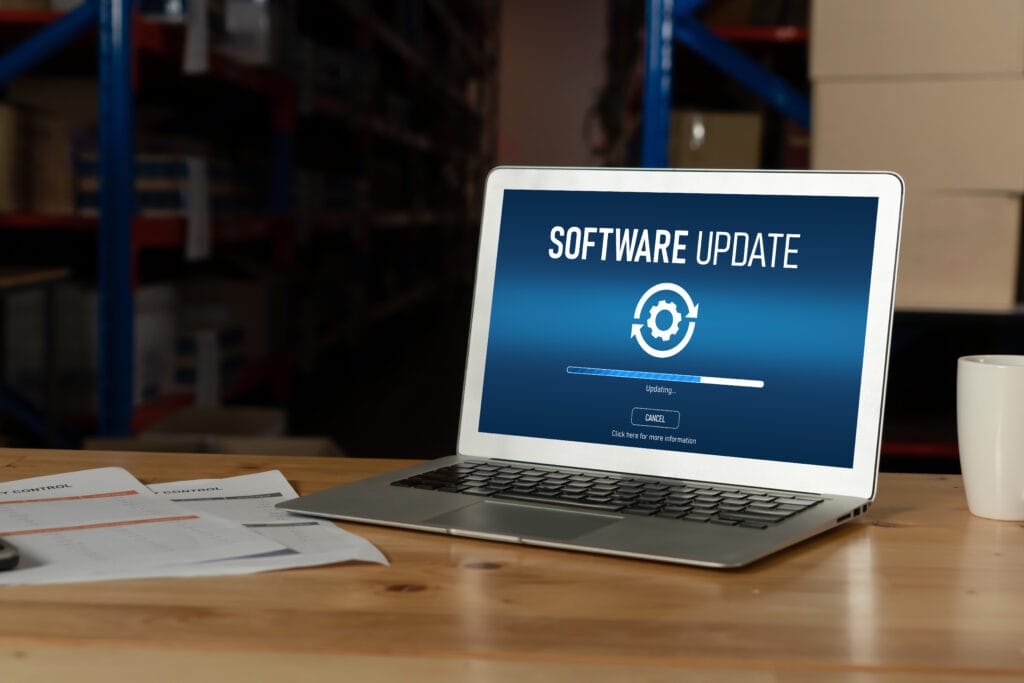
The Critical Importance of Regular Patch Updates
In today’s hyper-connected digital landscape, cybersecurity has become an paramount concern for individuals and organizations alike. One of the most fundamental yet often overlooked aspects of maintaining a secure digital environment is the diligent application of regular software updates and patches. These seemingly minor updates play a pivotal role in safeguarding our systems, data, and privacy from a myriad of cyber threats.
Understanding the Essence of Patches
Software patches, or updates, are small pieces of code released by software developers to address identified vulnerabilities or bugs within their programs. These vulnerabilities can range from minor glitches that cause occasional crashes to critical security flaws that could be exploited by malicious actors to gain unauthorized access to systems, steal sensitive data, or even disrupt critical infrastructure.
The Crucial Benefits of Regular Patching
Enhanced Security: The primary and most significant benefit of regular patching is the substantial enhancement of system security. By applying updates promptly, users effectively close known vulnerabilities, making it significantly harder for attackers to exploit weaknesses and compromise their systems. This proactive approach forms a crucial layer of defense against malware, ransomware, and other cyber threats.
Improved System Stability and Performance: While security is paramount, updates often include bug fixes and performance enhancements. These improvements can lead to smoother system operation, fewer crashes, and improved overall user experience.
Data Protection: In an era of increasing data breaches and privacy concerns, regular patching is essential for safeguarding sensitive information. By closing vulnerabilities that could be exploited to steal data, organizations and individuals can protect valuable assets and maintain customer trust.
Compliance with Regulations: Many industries and organizations are subject to strict regulatory requirements related to data security and privacy. Maintaining up-to-date software is often a crucial component of compliance with these regulations, such as GDPR, HIPAA, and PCI DSS. Failure to comply can result in hefty fines and legal repercussions.
Reduced Downtime and Increased Productivity: While some updates may require brief system reboots, the overall impact on productivity is minimal compared to the potential disruption caused by a successful cyberattack. By proactively addressing vulnerabilities, organizations can minimize system downtime, ensuring business continuity and maximizing employee productivity.
Implementing a Robust Patch Management Strategy
To effectively leverage the benefits of regular patching, a well-defined and robust patch management strategy is essential. This strategy should encompass the following key elements:
- Centralized Patch Management: Implementing a centralized patch management system allows for efficient and streamlined deployment of updates across multiple devices and systems. This approach ensures that all systems remain up-to-date and reduces the risk of human error.
- Regular Vulnerability Scans: Conducting regular vulnerability scans helps identify and prioritize critical vulnerabilities that require immediate attention. This proactive approach allows organizations to stay ahead of emerging threats and respond quickly to new vulnerabilities.
- Thorough Testing: Before deploying updates across the entire network, it is crucial to test them in a controlled environment to ensure compatibility and stability. This testing phase helps minimize the risk of unintended consequences and system disruptions.
- User Education and Training: End-users play a critical role in the success of any patch management strategy. Providing comprehensive training on the importance of updates and empowering users to understand and participate in the process is crucial.
- Continuous Monitoring and Improvement: The patch management process should be continuously monitored and evaluated to identify areas for improvement. Regular audits and performance reviews can help optimize the process and ensure that it remains effective in the face of evolving threats.
Conclusion
In today’s interconnected world, neglecting software updates can have severe consequences for individuals and organizations alike. By embracing a proactive approach to patch management, organizations can significantly enhance their cybersecurity posture, protect valuable data, and ensure business continuity. Regular patching is not merely a technical task but a fundamental component of a comprehensive cybersecurity strategy, and its importance cannot be overstated.
